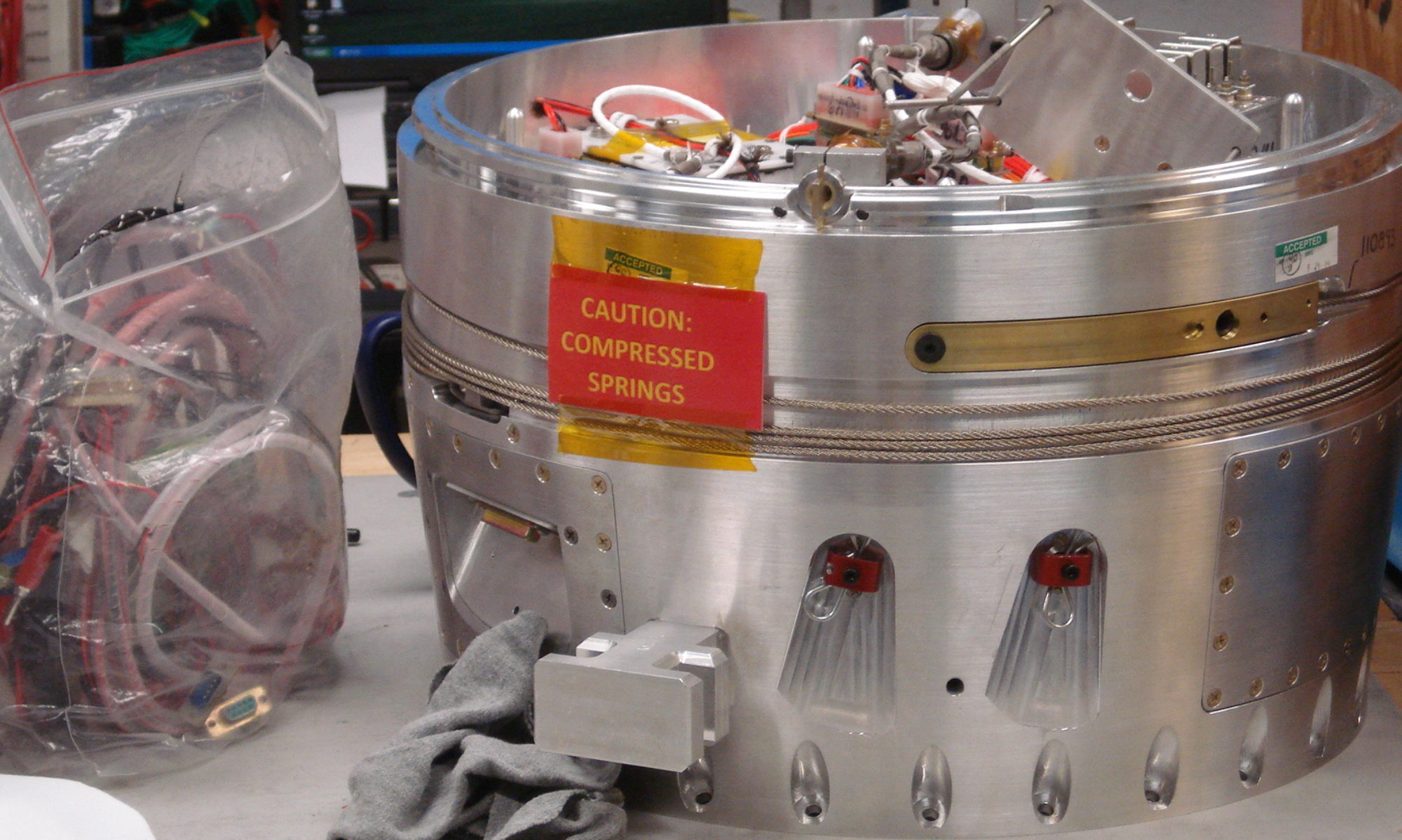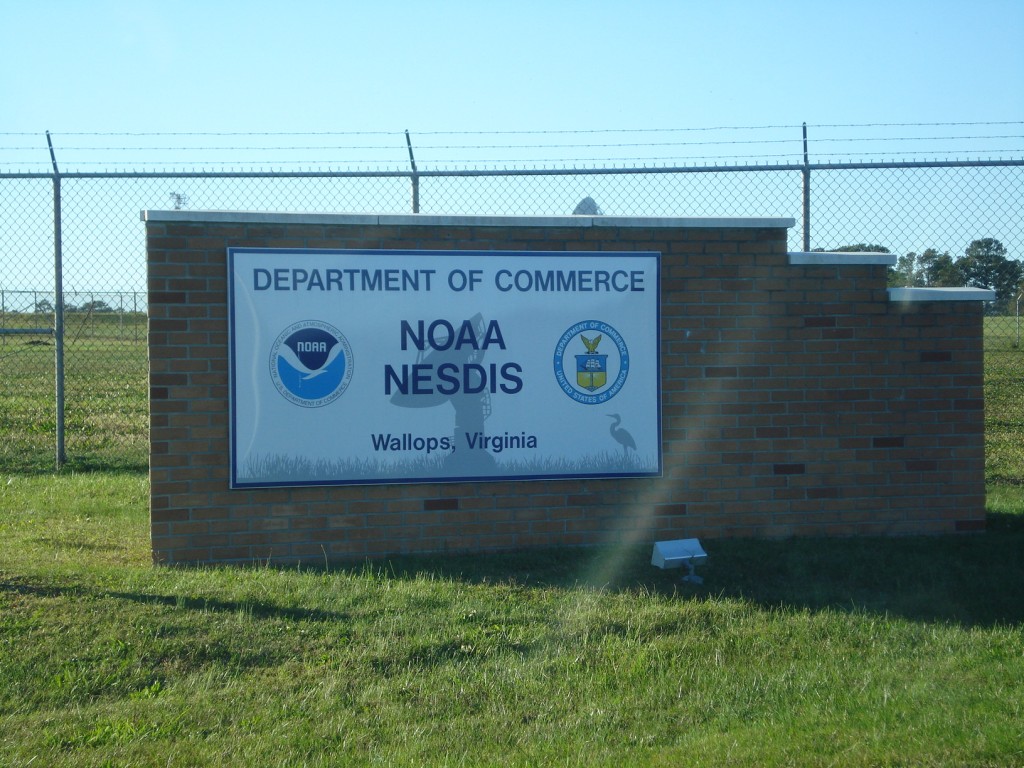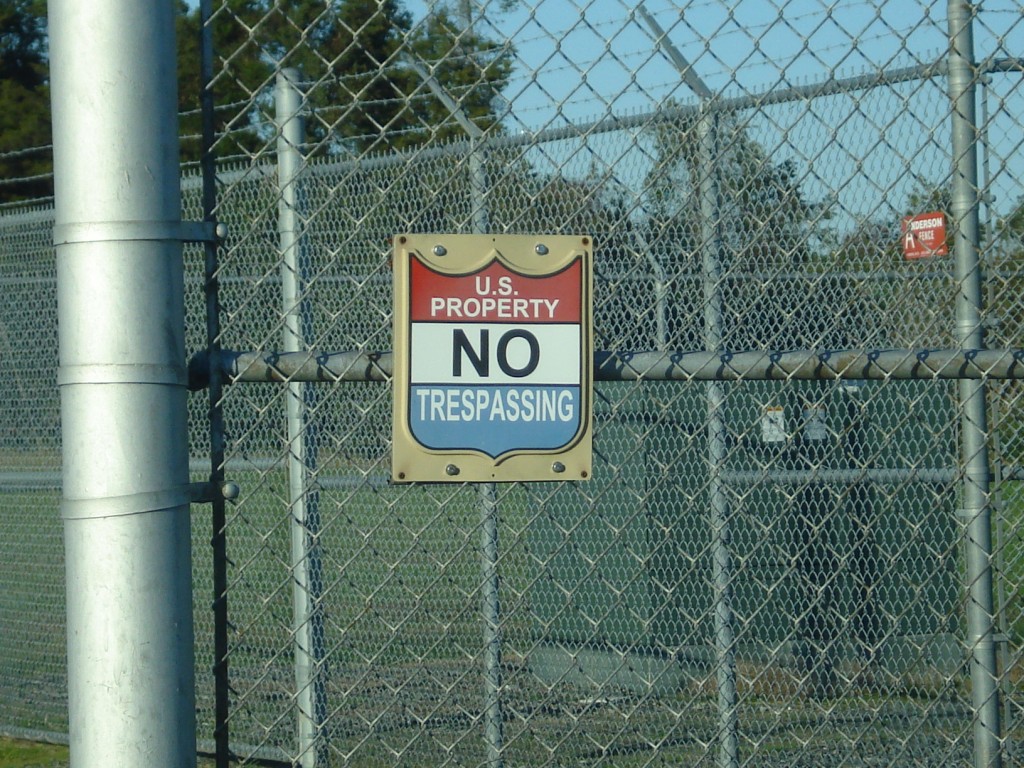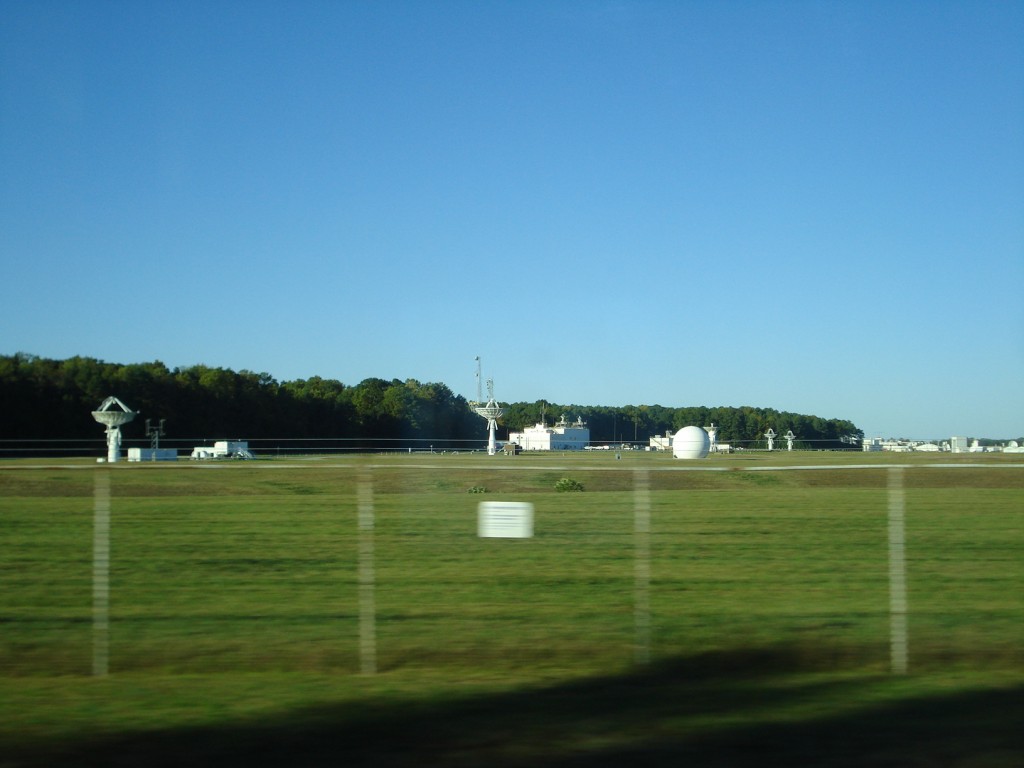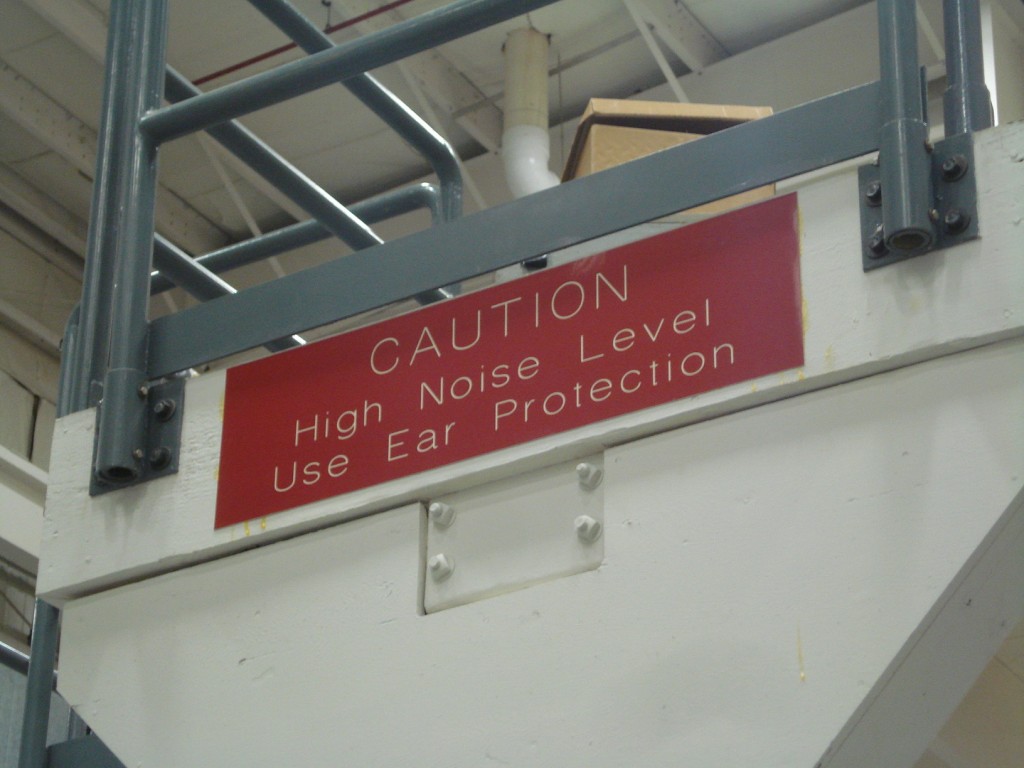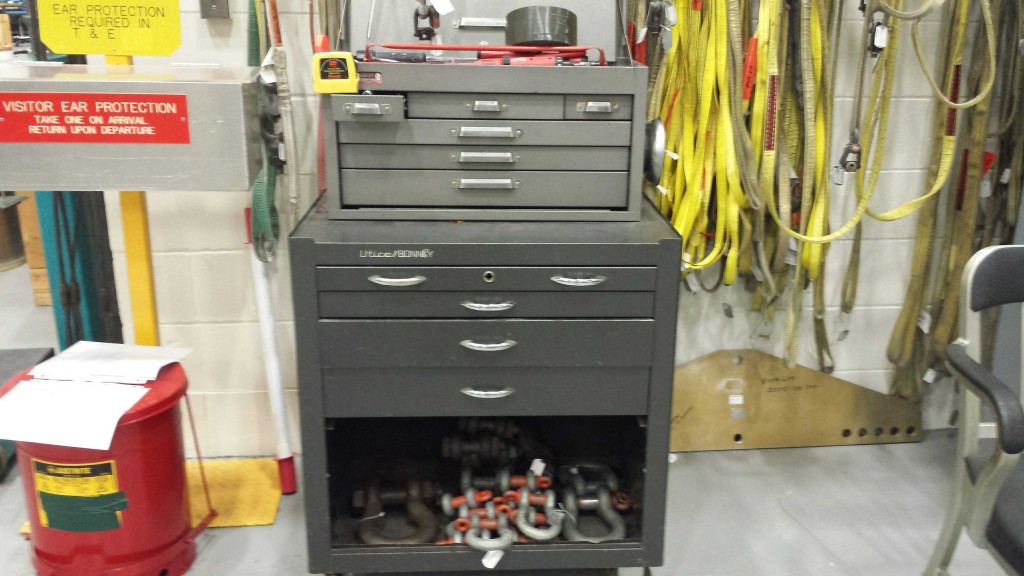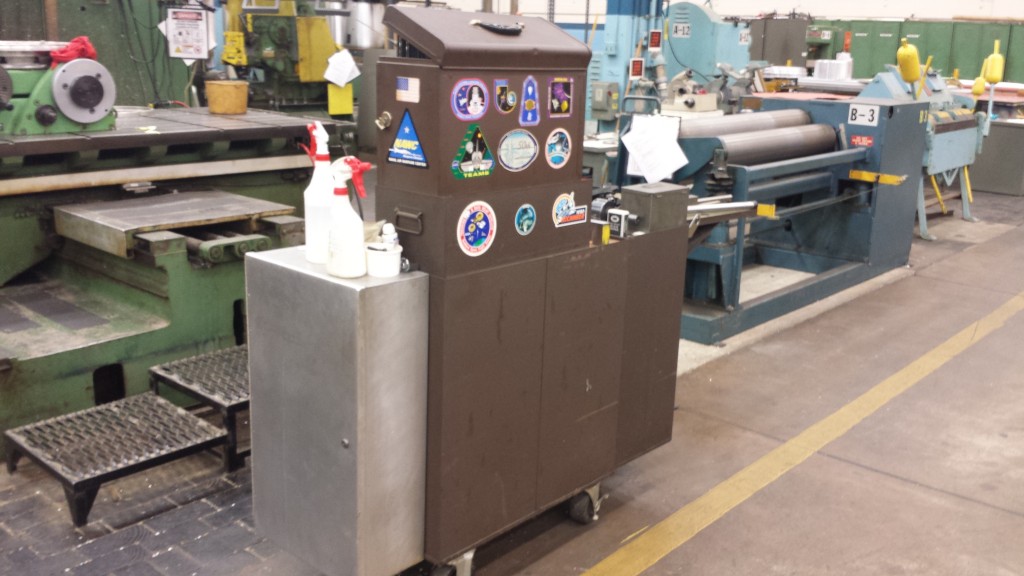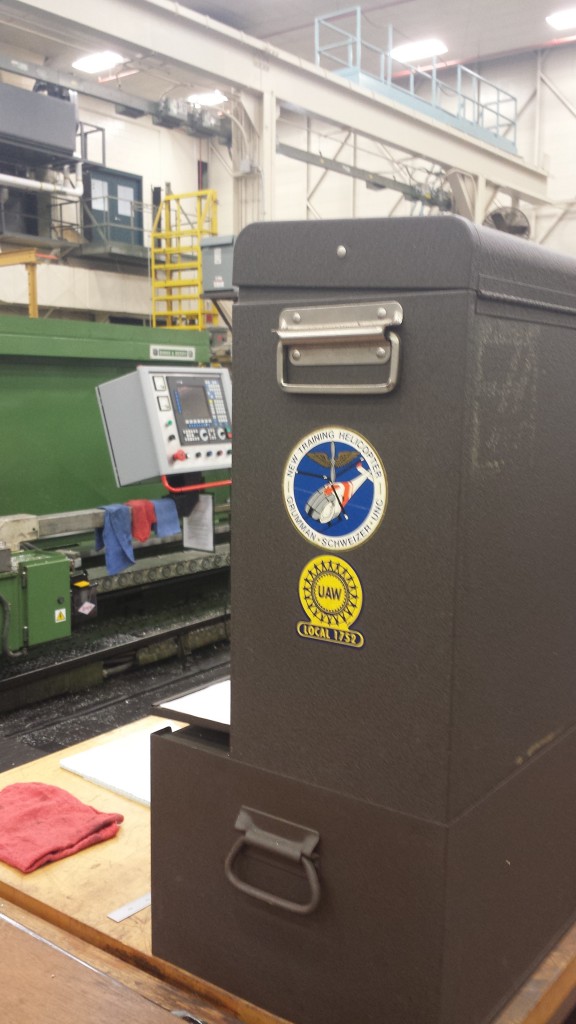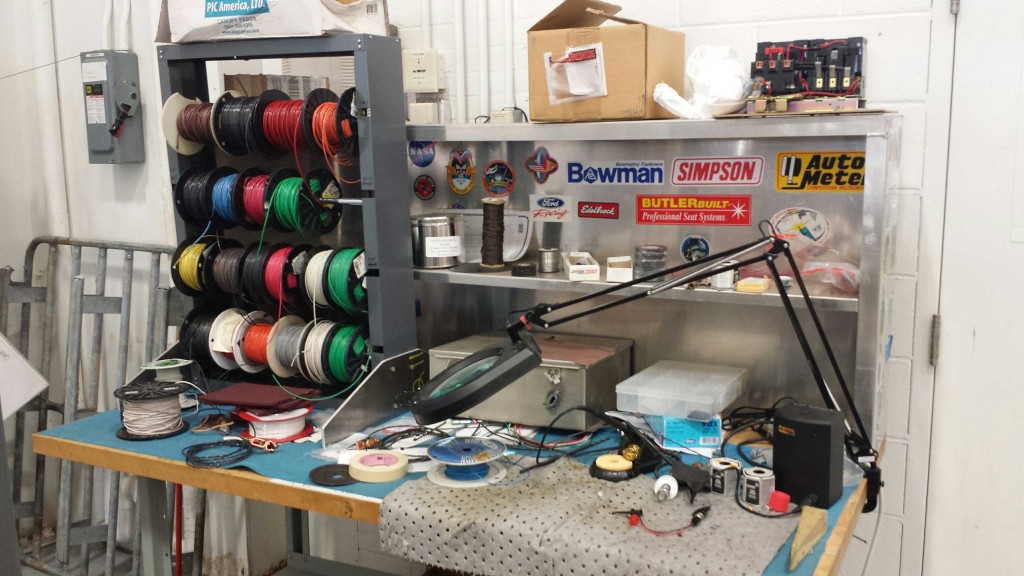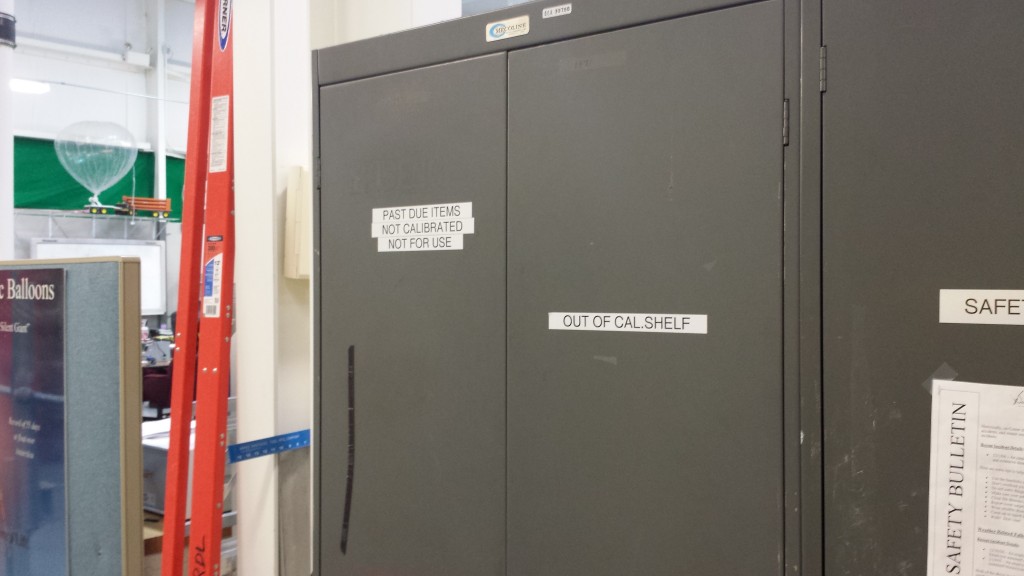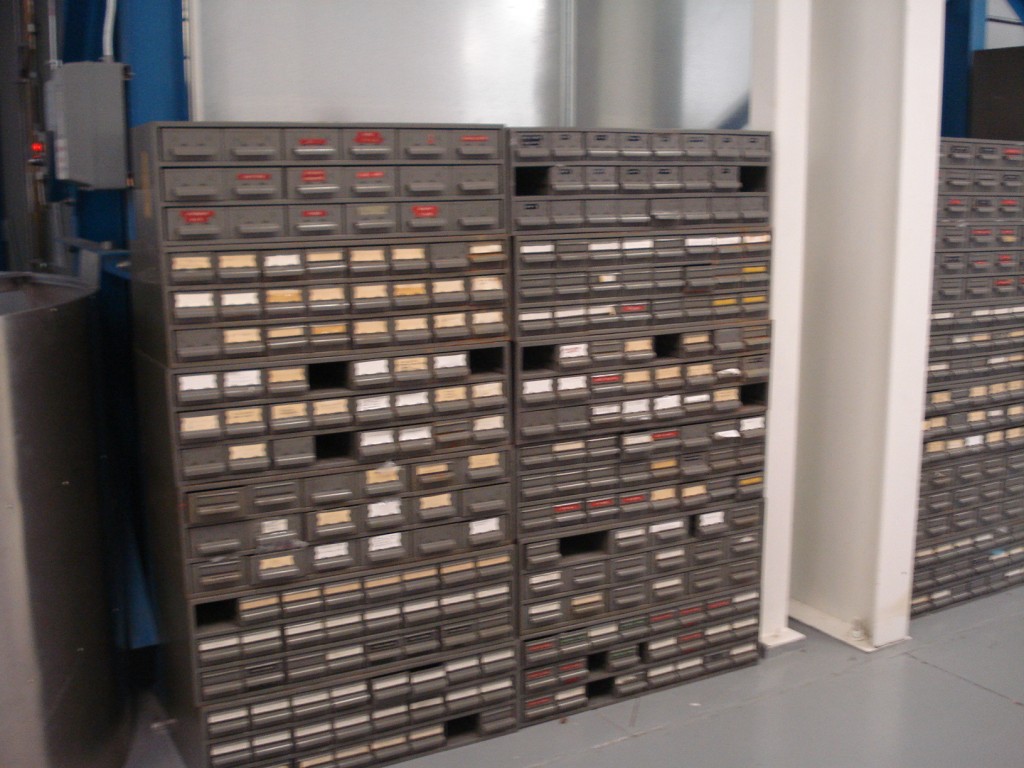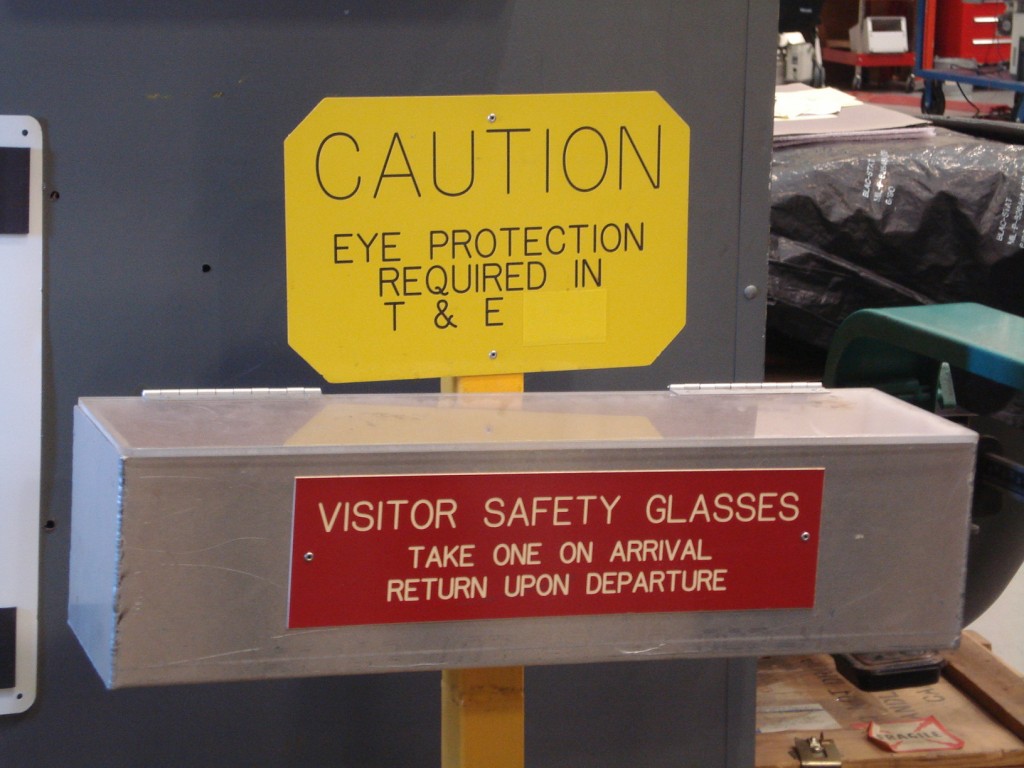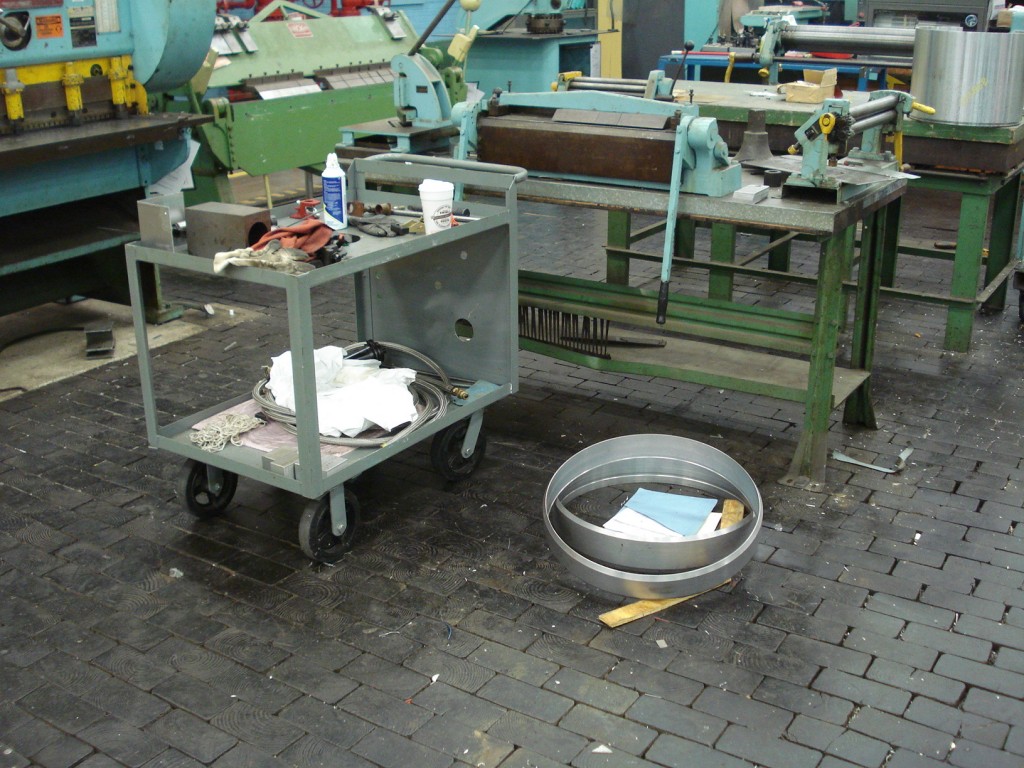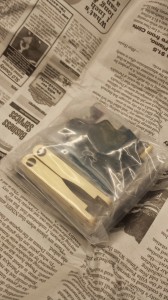The Georgia QSO Party will be held this coming weekend, the 11th and 12th of April. The event is really misnamed, at present, though- it should instead be called the “North Fulton Amateur Radio League Commemorative Georgia QSO Party,” but that’s probably a little wordy, even for them.
There are a couple of reasons why this naming convention should be made: 1) whenever the NFARL club decides to, it absolutely destroys any chance of any other club within the state being recognized for trying to put on an organized attempt at the club award, as they have the sheer numbers to do so. 2) Their behavior leading up to the event disenfranchises many individuals across the state from attempting to operate, because that big, rich (although the scuttlebutt lately is that there are some money problems in paradise) Atlanta club will do anything to help it’s own members win whatever category they’d like to attempt. (3) Lastly, the braggadocio that these guys earn from the event that they display (or maybe remind everyone of as often as they can) over the course of the year is not any sort of friendly rivalry (just ask GARS, who gets their ass handed to them every Field Day) like they say, but a genuine attempt at beating everyone into the ground while letting them know who’s really best.
And a personal niggle, I don’t particularly care for how I was approached for submitting funds for an award plaque (it was as if I had received a dunning letter) this year. Not only was I never told that the money our small club put together for a plaque was ever awarded from a couple years ago (wouldn’t you like to know who won the award you sponsored? That should be an automatic, after the sale sort of thing) but I received a really over the top email this year about how I was, somehow, being recalcitrant because I wasn’t communicating with the prize director. Who, as it happens, never says thanks or really let’s you know anything about what happened to the money… until he needs some more. (Our small club agreed to sponsor another award this year, but I’m not so sure we’ll continue in the future with the present behavior of the awards chair.)
Of course, I’m sure the push back from my observations, as cutting to the bone as they are, would be that I just have a sense of entitlement or sour grapes or both (or something else, I’m sure). None of these are true, and the people who know me would say, instead, that I simply enjoy showing how the emperor has no clothes- and in this case, the visual isn’t something you’d really want to think about, considering the average age of these participants is 50+. I’m not saying people shouldn’t join the NFARL, nor am I advocating boycotting the QSO Party itself. What I do think is that when you become hyper-competitive to the point of putting off people from playing in the event itself, perhaps you should take a step back and remember the real point to these sorts of things- you know, that they should be fun.
Good luck to all who participate!
